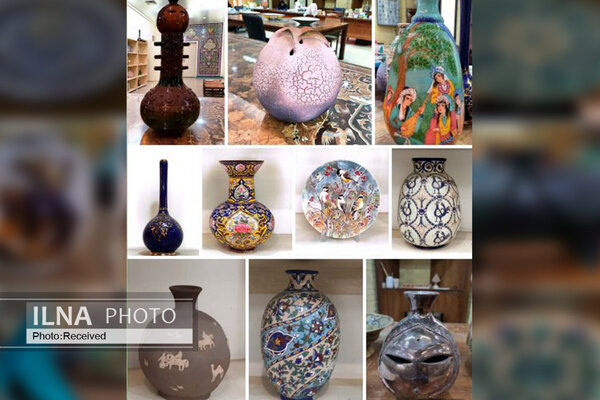Recreating replica of historical artifacts needs budget, expert says

TEHRAN ––The creation of replicas of historical artifacts requires a budget, an official with the tourism ministry has said.
It is important to preserve the style of work, designs, and techniques of the past and to pass them on to the next generation, otherwise, these works will be forgotten over time or simply exhibited in museums, Soheila Naqizadeh explained on Saturday.
Through creating replicas, students and artists can learn from these techniques, while some of these works have been placed into the daily lives of people in the form of practical objects, the official added.
However, even in international arenas, a lack of funding prevented the study of technique and design of historical works, she noted.
So far, Iranian artists and artisans have created replicas of Qajar-era (1789–1925) properties, especially the ones being kept in the UNESCO-registered Golestan Palace in downtown Tehran, she mentioned.
Last year, the official announced that an Iranian team had created exact replicas of “Haft-Rang” tiles which cover parts of the UNESCO-registered Golestan Palace.
“Kashikari (tiling) is one of the original arts of Iran, and the best example of which can be found in the Golestan Palace,” she said.
“Designs and motifs of the Qajar-era ties were scrutinized by members of the team to produce prototypes and later replicas, using watercolor style…” Naqizadeh explained.
Arrays of intricate tilework can be found in ornaments of many architectures and especially mosques, shrines, palaces, and mansions across the country. There is evidence that the beginning of tile work is traced back to the Achaemenid era (c. 550-330).
The term Haft-Rang (meaning seven-colored, also known specifically as Cuerda Seca OR Dry Cord) tiles were first used by a royal historian of Ilkhanate to describe the technic of painting on glaze and is still used today, according to Visit Iran.
A destination for domestic and international travelers, Golestan Palace is located at the heart and historic core of Tehran. The palace complex is one of the oldest in the Iranian capital, originally built during the Safavid dynasty (1501–1736) in the historic walled city.
At present, the Golestan Palace complex consists of eight key palace structures mostly used as museums and the eponymous gardens, a green shared center of the complex, surrounded by an outer wall with gates. UNESCO has it that the complex exemplifies the architectural and artistic achievements of the Qajar era, including the introduction of European motifs and styles into Persian art.
ABU/AM
Leave a Comment